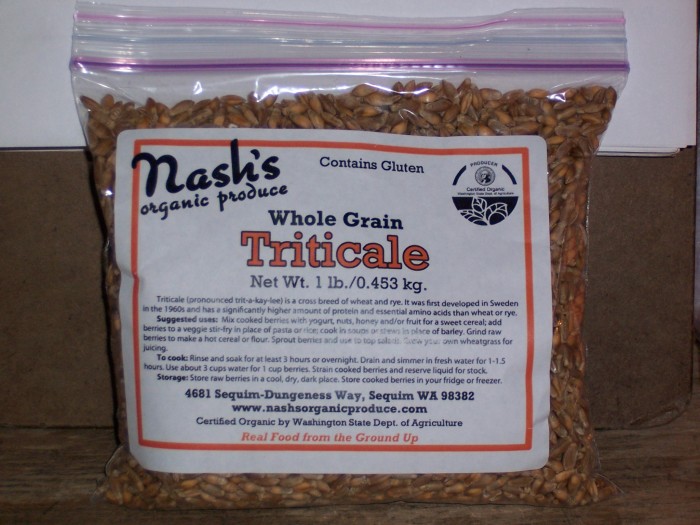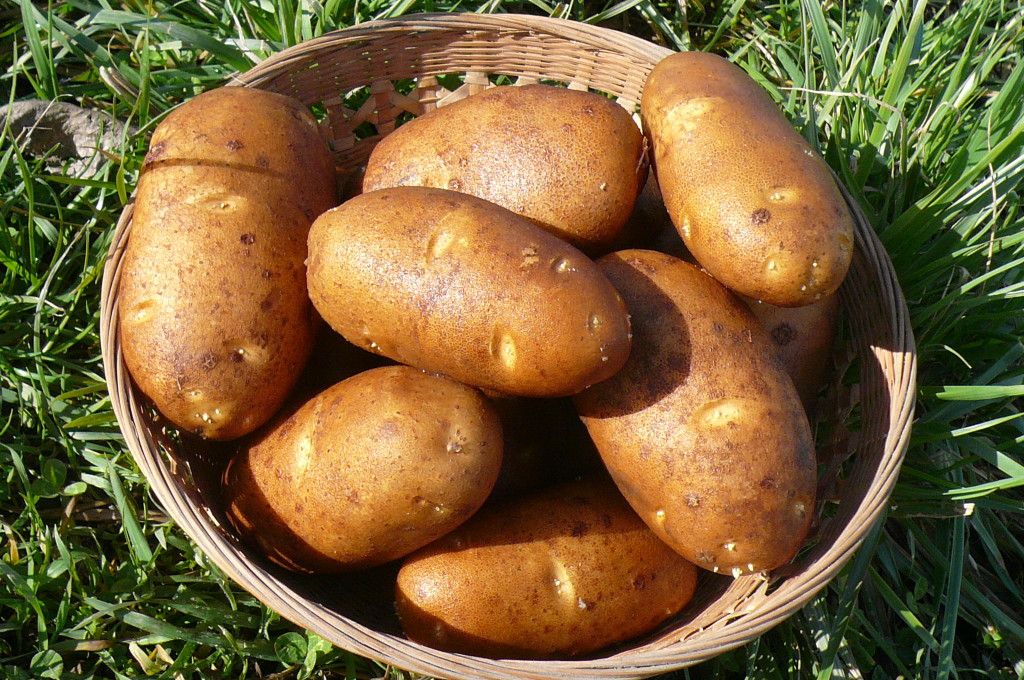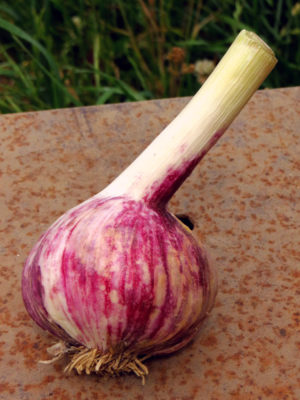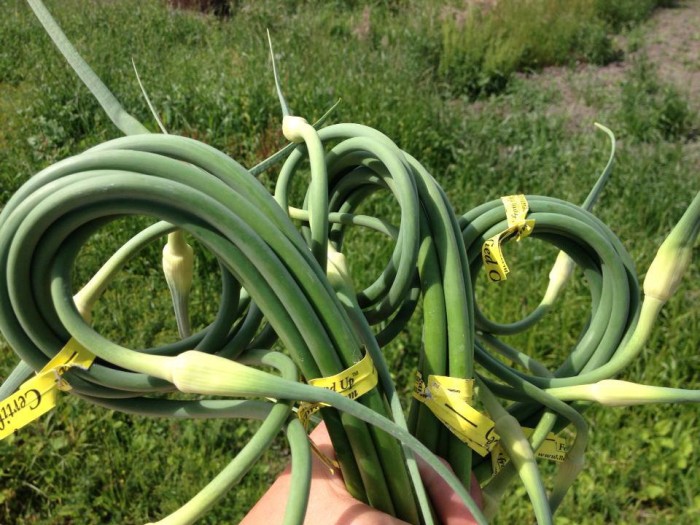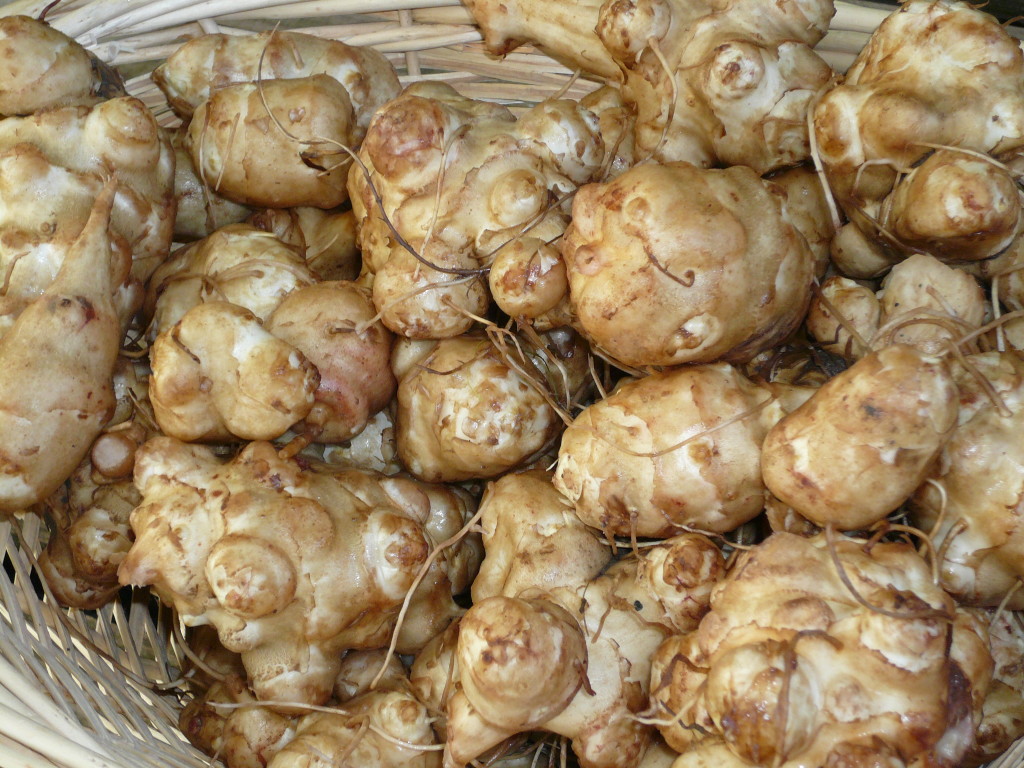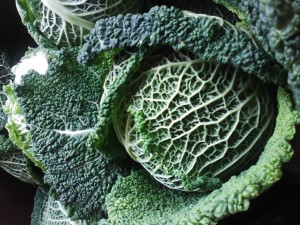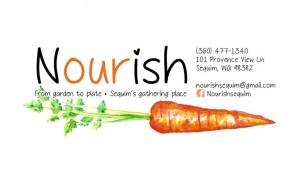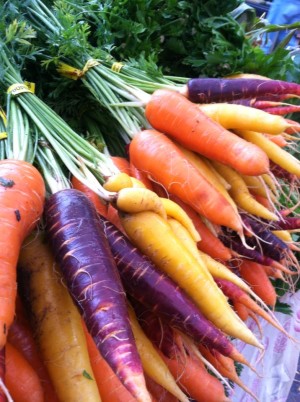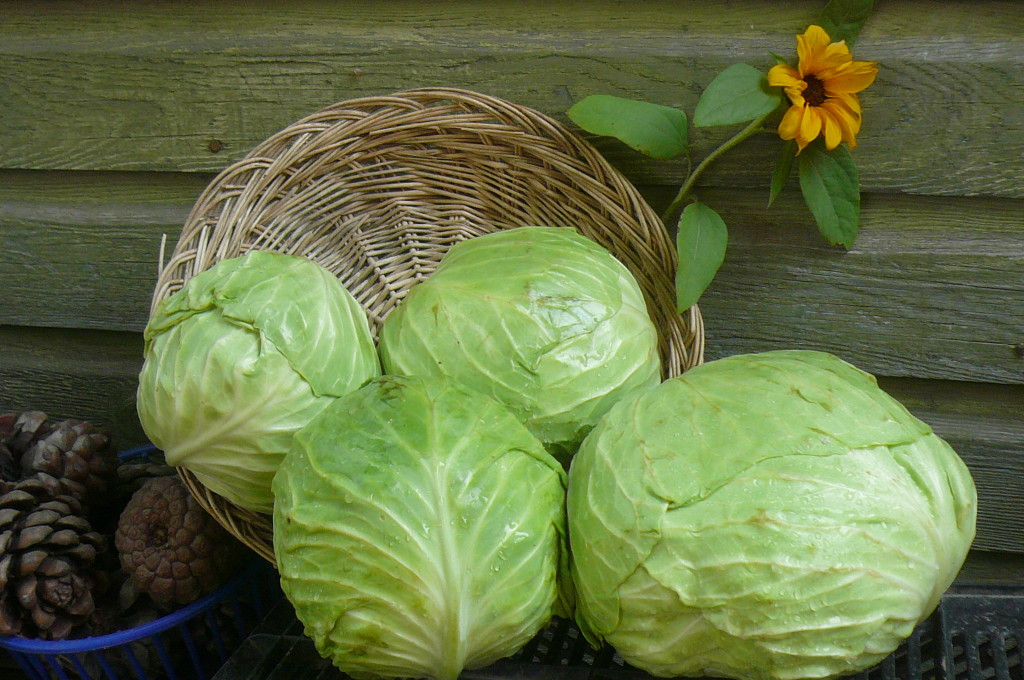
Teri of Nash’s Farm Store generously shared her coleslaw recipe. You, too, can submit a recipe and potentially be published here on our recipes blog!
4 to 5 cups grated green cabbage
1 cup minced fresh Italian parsley
1/2 cup minced white sweet onion or red onion
1 cup minced celery or 1/2 cup minced loveage
1/3 cup apple cider vinegar
1 tablespoon raw honey
1/2 to 1 cup plain whole milk yogurt
Salt to taste
Black pepper to taste
Combine vegetables and greens in a bowl. Dissolve honey in vinegar and add salt and pepper. Pour over mixed greens and stir. Add yogurt and toss until blended.
Have you tried this recipe? Tell us how it turned out!

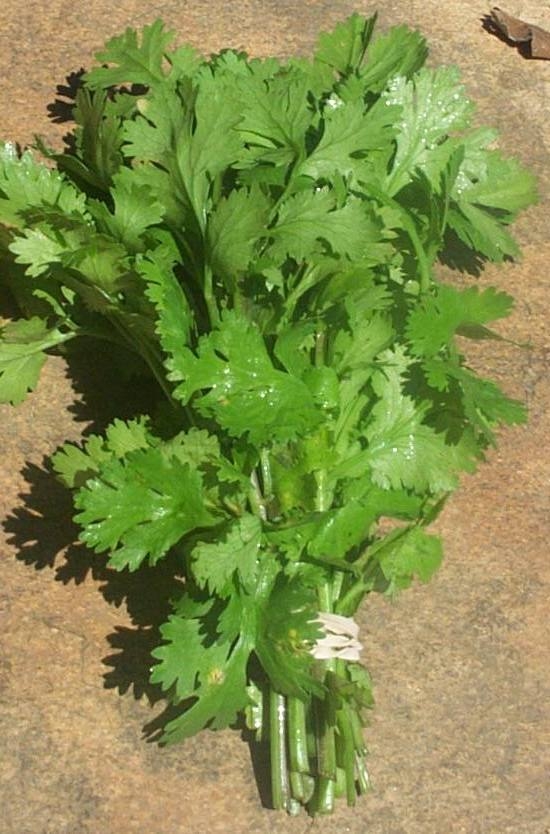 We grow both curly parsley and Italian (or flatleaf) parsley here on the farm. But how do you use parsley besides as a garnish? Oh, the salads you can make! Not to mention the entrees and soups. Discover parsley’s refreshing flavor below in these parsley recipes.
We grow both curly parsley and Italian (or flatleaf) parsley here on the farm. But how do you use parsley besides as a garnish? Oh, the salads you can make! Not to mention the entrees and soups. Discover parsley’s refreshing flavor below in these parsley recipes.